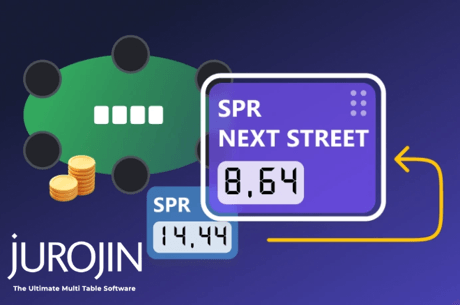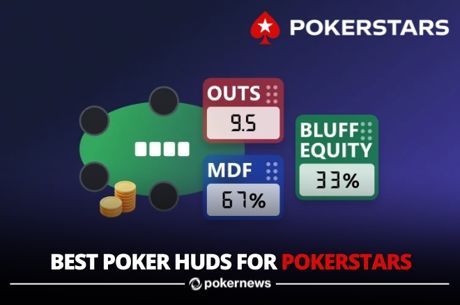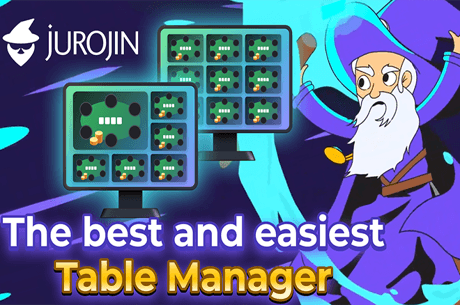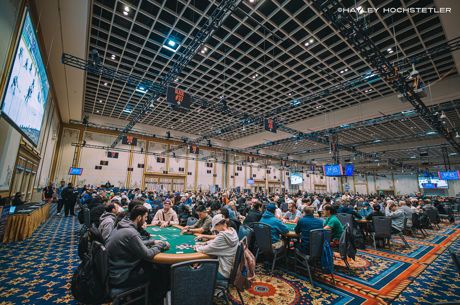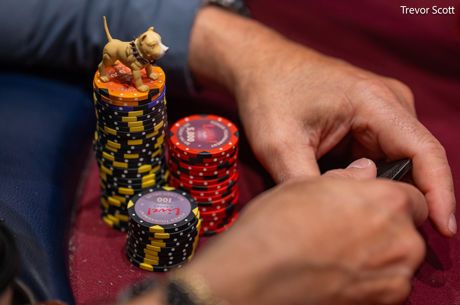Best Poker Opening Ranges by Position You Should Use
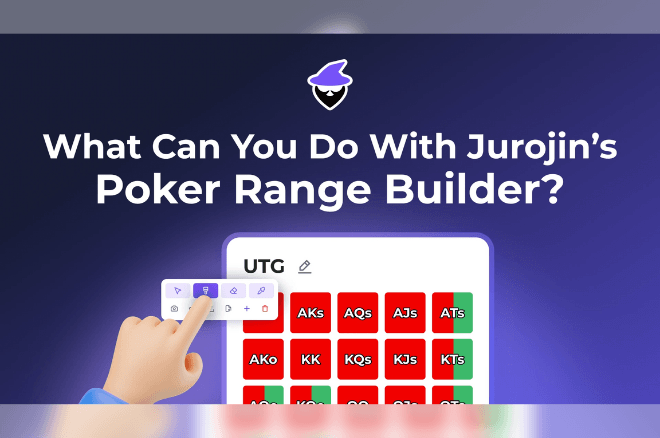
Table Of Contents
When I first started taking online poker seriously, I made all the rookie mistakes.
I’d raise pocket fours from early position like they were aces, limp with suited connectors from middle and late position, and get caught in spots where I had no business being in the hand.
It wasn’t until someone in a home game asked me one simple question: “What’s your opening range from under the gun?”
I spluttered out some jargon but in reality, I realized I didn’t even have a plan. And that’s where everything started to change.
What Is a Poker Range?
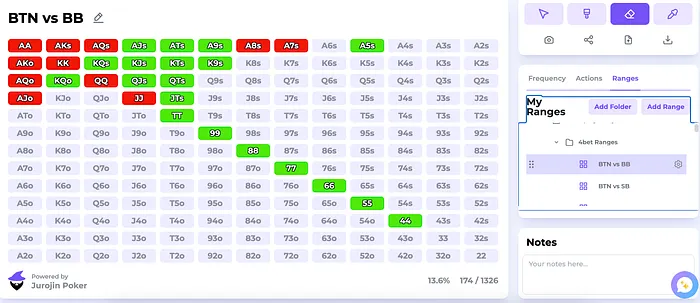
At its core, a poker range is just the group of hands you choose to play in a given situation. But that simple concept changed how I approached every decision. Rather than thinking about each hand in isolation like “Is KTs good?” I started thinking in ranges: “What hands should I be opening here 100% of the time?”
Once I internalized this, my game became consistent. I stopped bleeding chips in bad spots, and I started applying pressure in the right ones. But one thing mattered more than anything else: position.
Why Are Poker Positions So Important?
Position in poker is everything. The closer you are to the button, the more information you have and in poker, information is power.
Imagine you’re first to act at a full table. You don’t know who behind you has a monster. But if you're on the button, you’ve seen everyone else act. You can attack weakness, steal blinds, and float flops with impunity. That’s why you play fewer hands from early position and open much wider near the button.
When I started building real opening ranges based on position, my win rate improved thanks to no more guessing. And with that, no more regret.
What is the Best Poker Table Management Software?
Building Your Ranges – A Beginner’s Map

Let me walk you through the simplified version of the ranges I wish I’d started with. These are tailored for low-stakes games.
| Position | Hands You Should Open |
|---|---|
| UTG | 77+, AJs+, AQo+ |
| MP | 66+, ATs+, AJo+, KQs |
| CO | 55+, A9s+, KTs+, QJs, ATo+ |
| Button | 22+, Ax suited, Kx suited, Q9s+, suited connectors, all broadway |
| Small Blind | 66+, A9s+, KJs+, QJs, AJo+ |
| Big Blind | Mostly defending and three-betting the strongest hands |
Are these perfect GTO ranges? No. But they’re intuitive, consistent, and easy to memorize which is far more important when you’re still climbing the learning curve.
And remember: tight in early position, wide on the button. That’s your first law of poker.
What is the Best Poker HUD for PokerStars?
The Secret Weapon: Jurojin's Free Poker Range Builder
When I got tired of trying to memorize ranges by heart, I turned to software.
One of the best tools I’ve found is Jurojin Poker. They offer a free poker range builder that lets you visually map out preflop charts and study real hands.
With Jurojin, I could finally:
It’s a tool that fits perfectly with soft-player pools, where even a slightly tighter preflop strategy can give you a massive edge.
And here’s the thing, when you start studying like this, poker becomes more fun. You stop making emotional guesses and start making confident decisions.
My recommendation is that you try it as it’s free and start learning at your own pace!
What Can You Do With Jurojin’s Poker Range Builder?
Final Thoughts: Ranges Are the Root of Everything
If you’re serious about getting better at poker then having strong, disciplined opening ranges by position is non-negotiable.
You don’t have to be a GTO wizard. You just need to stop winging it. Stick to a plan. Start simple. Build from there.
I lost a lot of small pots early in my poker journey simply because I opened the wrong hands from the wrong spots. But once I got this part right, everything else started to fall into place.
Poker’s still a battle but at least now I’m walking in with a sword instead of a butter knife.

